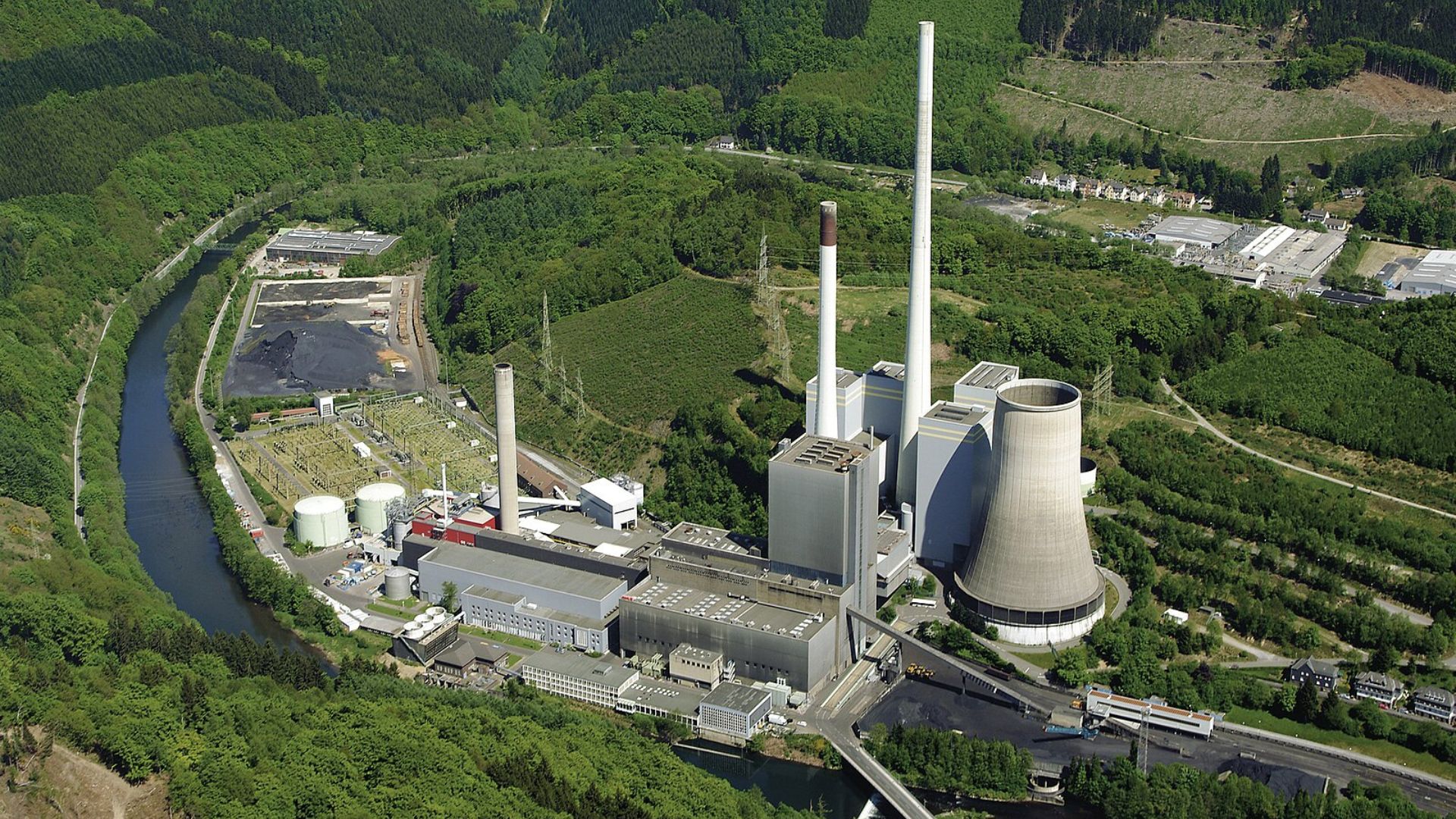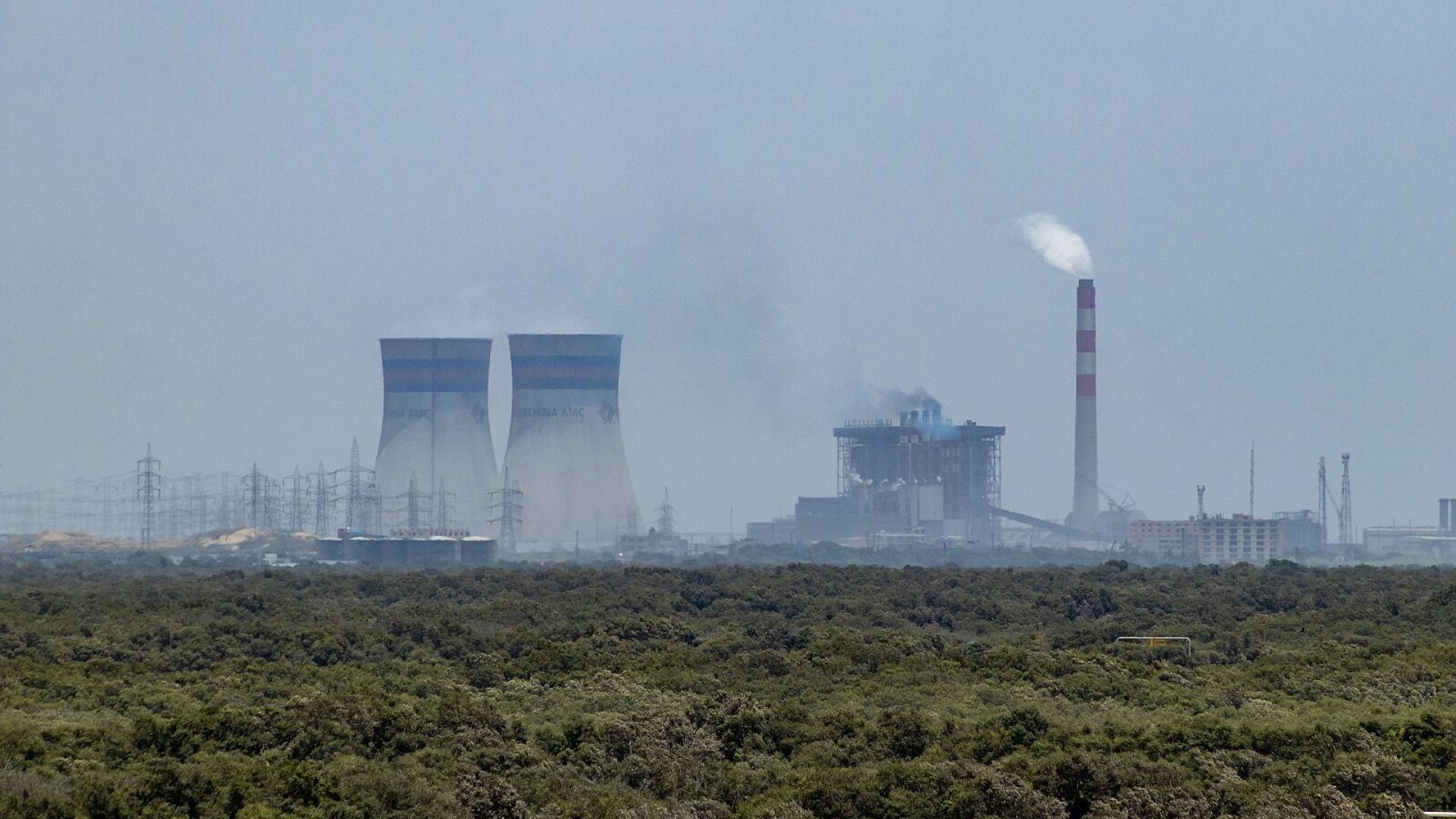Just this Thursday, the Biden administration put the final touches on a robust set of regulations aimed at curbing hazardous emissions from power plants.
These new standards, impacting both coal and natural gas plants, mandate a dramatic cut or capture of 90% of their climate pollution by the year 2032.
Ambitious Targets for Carbon Reduction

In a significant environmental push, the EPA’s new regulations set a target to cut carbon dioxide emissions by 75% from their peak in 2005.
EPA Administrator Michael S. Regan said, “Today, EPA is proud to make good on the Biden-Harris administration’s vision to tackle climate change and to protect all communities from pollution in our air, water, and in our neighborhoods.”
Setting New Standards for Emission Control

The EPA is also stepping up its game against mercury emissions and the unsafe disposal of toxic wastewater and coal ash, common byproducts of power generation.
Regan pointed out that these comprehensive rules are designed to give the power sector the clarity it needs to plan confidently for a cleaner future.
Biden’s Climate Strategy as Elections Near

As the 2024 election looms, President Biden is sharpening his environmental credentials.
He’s reversing numerous rollbacks made by former President Donald Trump and setting a starkly different environmental agenda—one that also aims to resonate with young, eco-conscious voters.
Tackling More Than Just Air Pollution

New rules extend beyond air emissions, targeting the release of toxic metals and wastewater from coal-fired plants.
A comprehensive approach has been adopted to mitigate the environmental impact of power generation, demonstrating a commitment to broader ecological preservation goals.
Widespread Support for the New Measures

The introduction of the regulations has been met with significant approval from various environmental groups and the American Lung Association.
Such a positive reaction underscores the broad base of support for the measures, emphasizing their importance in the ongoing battle against climate change and for the improvement of air quality.
Revising the Original Proposals

Initially proposed in May 2023, the changes received acclaim from environmentalists and Democratic leaders but faced opposition from various business and energy sectors.
Feedback led to adjustments in the final regulations, notably excluding certain rules for existing gas plants, which are now slated for completion in subsequent months.
Balancing Financial Incentives with Strict Regulations

The regulations not only mandate significant reductions in emissions but also work in tandem with financial incentives from the 2022 Inflation Reduction Act.
David Doniger of the Natural Resources Defense Council emphasized that without such mandates, companies are unlikely to bear additional costs voluntarily.
Coal and Natural Gas: Major Power Producers Under Scrutiny

Recent federal data reveal that natural gas and coal together generate nearly 59% of the nation’s electricity.
The regulations are designed to oversee and reduce the environmental impacts from these sources, guiding a transition towards more sustainable energy practices.
Multiple Ways to Meet New Standards

The EPA has outlined several strategies for utilities to meet the new emissions standards.
Options include retrofitting plants with carbon capture technology, switching to cleaner fuels, or even shutting down older fossil fuel plants in favor of renewable energy sources like wind or solar.
Doubts About Carbon Capture Technology

While carbon capture is recommended as the most effective emission reduction method by the EPA, there are significant doubts about the readiness and scalability of this technology.
Dan Brouillette from the Edison Electric Institute voiced concerns about the feasibility of such a major rollout by the 2032 deadline.
Intensified Fight Against Mercury Pollution

Responding to the health hazards posed by mercury, the EPA has toughened standards to reduce emissions from coal-fired power plants by up to 70%.
Mercury’s harmful effects on human health are well-documented, impacting vital organs and systems across the body.
